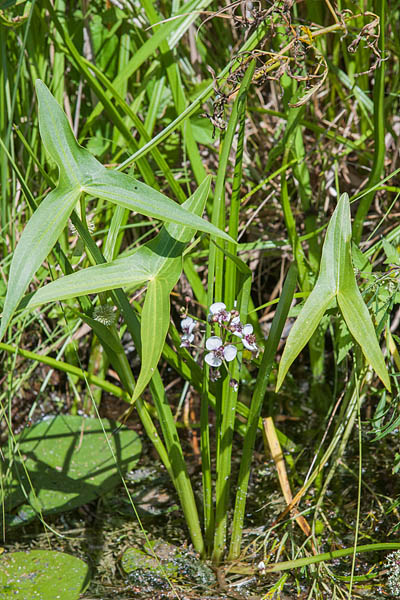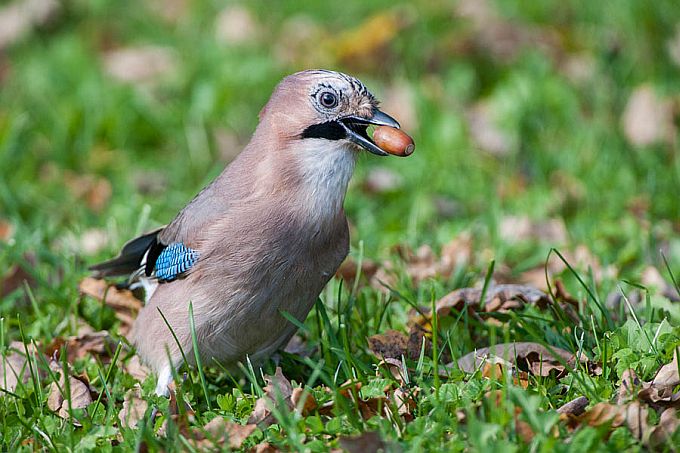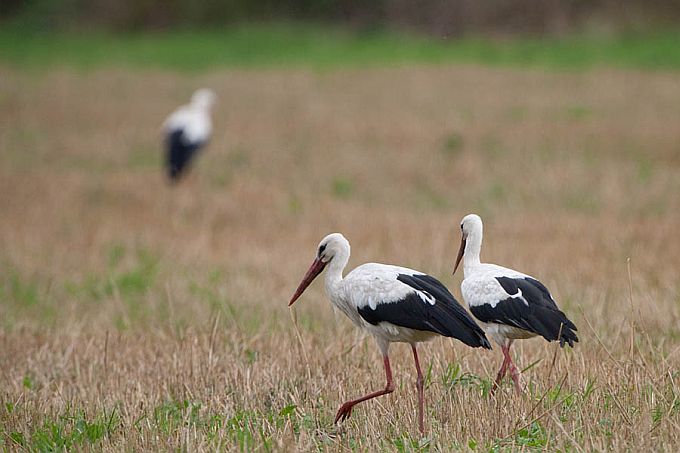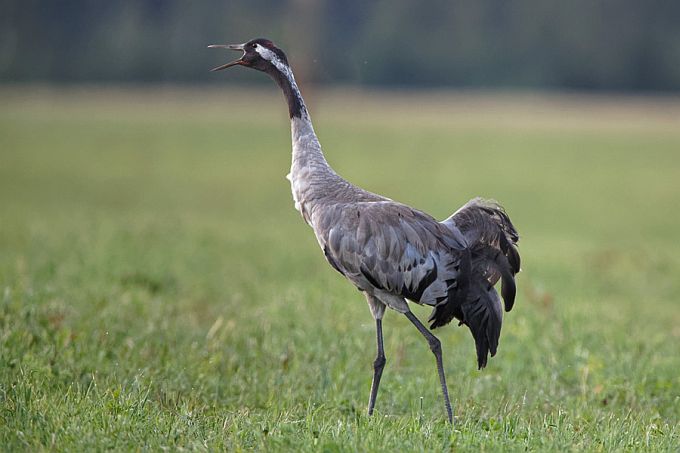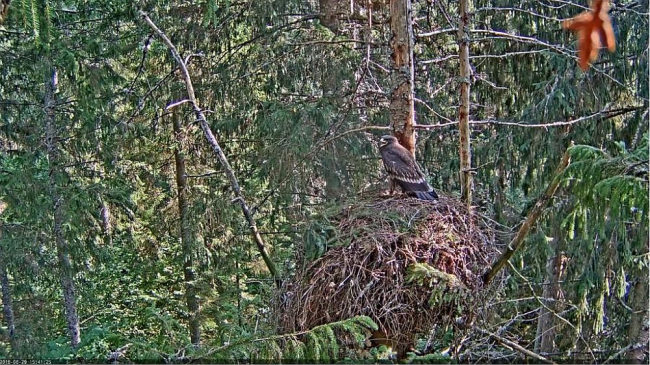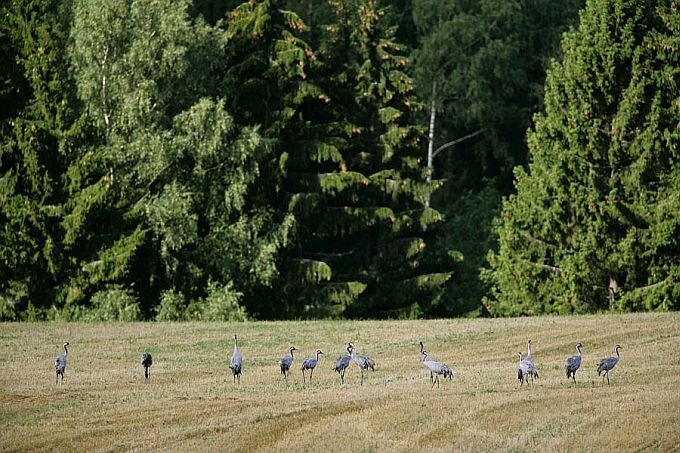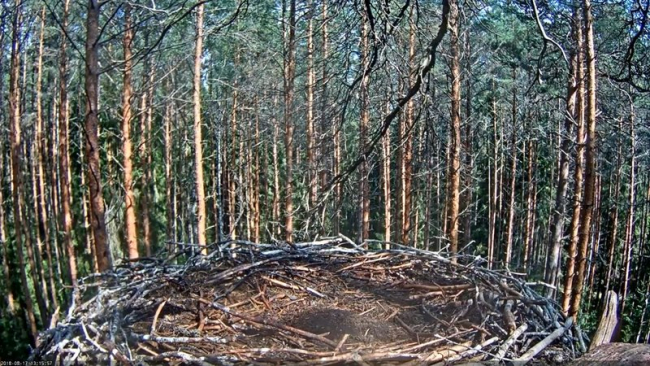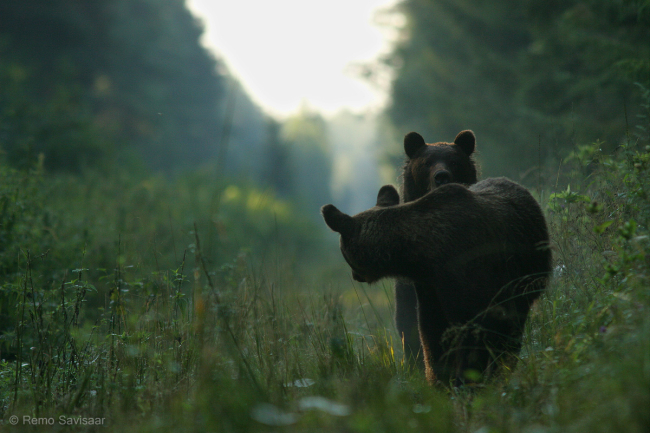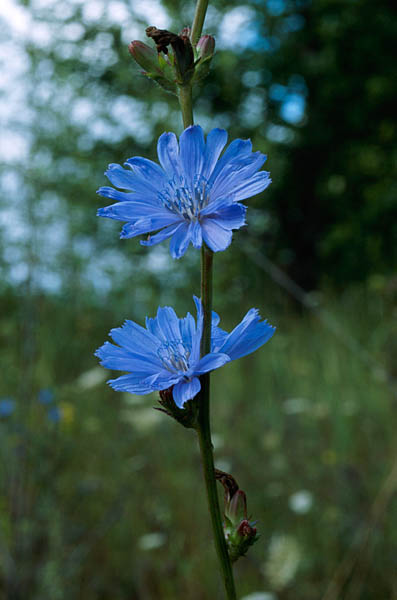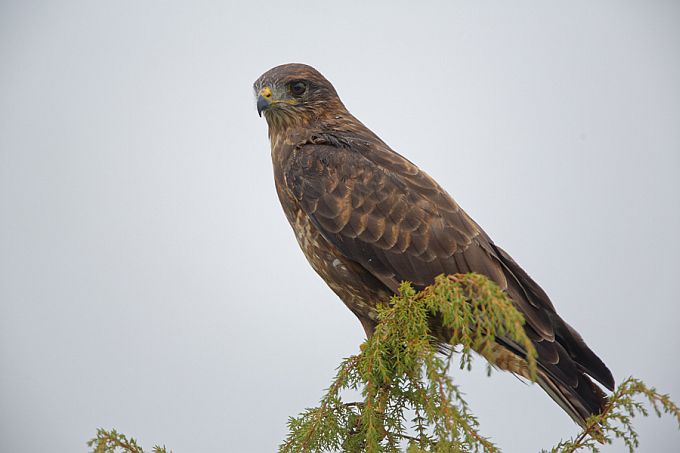Looduskalender in Vikerraadio: Arrowhead
The author, Kristel Vilbaste, also posts texts in Vikerraadio
Photos: Arne Ader
Translation into English by Maret
Estonian text posted 16.08.2018
British Native Arrowhead
I see in my child’s biology textbook a peculiar plant that I don’t remember from my childhood. British Native Arrowhead is a plant, that is used to teach heterophylly. That means that the plant has different-shaped leaves under the water than above the water.
On British Native Arrowhead, the above-water leaves do look like arrowheads, but arrowheads as big as the palm of a hand. The leaves above the water are oval and the ones under the water are long, ribbon-like. The plant grows in knee-deep water and pushes up a bit above the surface.
